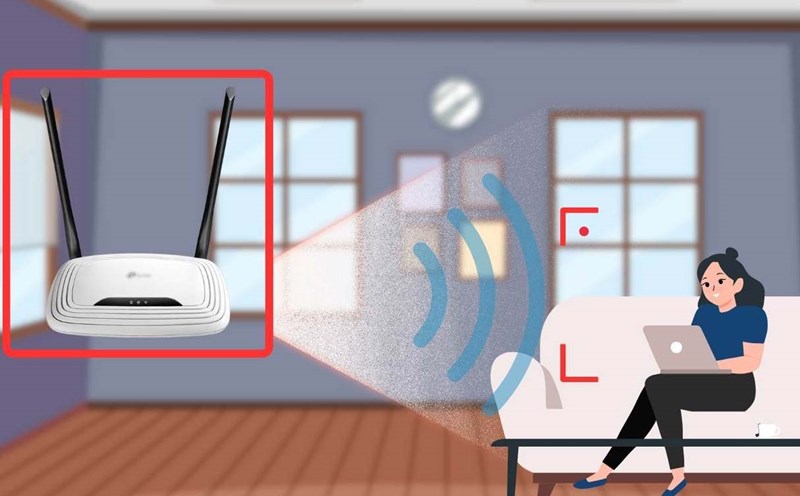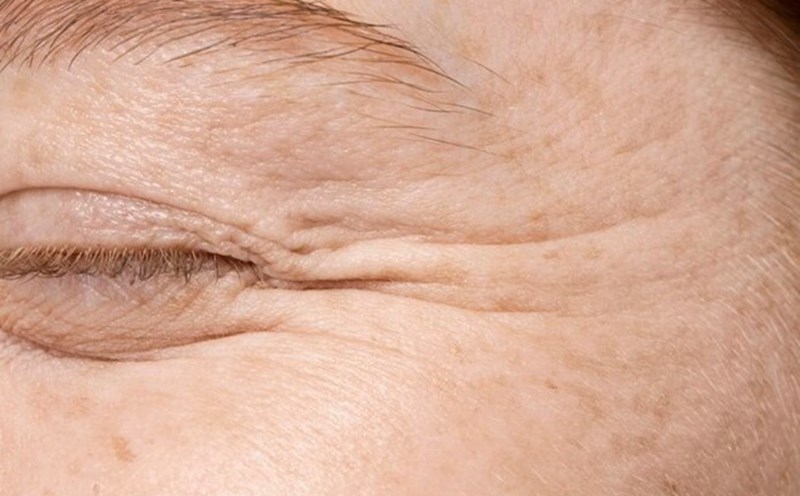The 16-year-old female patient studying in grade 10 in Ho Chi Minh City has had a history of atrophy for 8 years. When coming to the Department of Neurosurgery, Nguyen Tri Phuong Hospital, the patient had 2-3 seizures per week. Although he had been treated in many hospitals and used up to 3 types of anti-seizure drugs, he gradually became resistant to the drugs.
The results of the brain resonance scan showed that the patient had abnormalities in the large cerebral cortex of the Economic and left moted area. Subcutaneous electrical power suggests that the seizure started from the left temple but the exact surgical area cannot be determined.
In addition, the equator involves many functions such as memory, language, image recognition, sound, etc., which are necessary for the patient's learning, working, and daily activities. Therefore, we need to accurately identify the kinh vital area to be able to remove the kinh vital area, while preserving brain function for patients, said Dr. Pham Anh Tuan, Head of the Department of Neurosurgery, Nguyen Tri Phuong Hospital.
Doctors from the Department of Neurosurgery and Neurosurgery conducted a consultation and proposed a plan to place deep electrodes to ensure accurate identification of the menstrual viaduct as well as a safe surgical area.
The advantage of SEEG is that it is highly technical, less invasive and can help accurately identify the kinhonoid area as well as map the function of the surveyed brain regions to help predict surgery, said MSc. Dr. Le Thuy Minh An, Department of Neurology, Nguyen Tri Phuong Hospital.
Without deep brain electricity, diabetics will continue to live with resistant epiduralgia. If we do blind surgery from the previous cong track results, we may not be sure about the results of controlling the seizure (leading to recurrence) or if the brain area is too large, it may be accompanied by unpredictable permanent neurological deficiencies.
Studies show that surgery to cut the area of menopause after deep brain electricalses to measure brain electrical conduction helps improve the rate of controlling emotions by 40% - 60% compared to simple cut-on-dose surgery.
After the deep brain electrical regulation to record brain electricity, doctors continuously analyzed brain electricity, accurately determining the area of kinh dong kinh and the functional brain area related to kinh dong kinh dong kinh. It is a smaller area than the transition on the magnetic resonance, thereby allowing for accurate intervention and helping to preserve function to the maximum. From there, the next surgery was to remove the aroxal anomia after 2 weeks. The patient is currently in the post-operative monitoring phase and has not recorded any post-operative seizures.
It is estimated that the rate of kinhlerosis in Vietnam accounts for about 0.5 - 1% of the population, equivalent to about 500,000 to 1,000,000 people living with this disease. Of these, about 30% are cases of resistant cyclosis, meaning that hundreds of thousands of patients need specialized intervention methods such as surgery.








